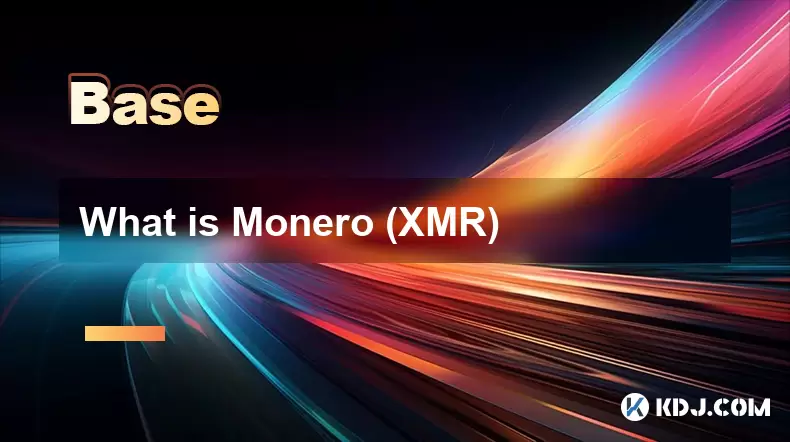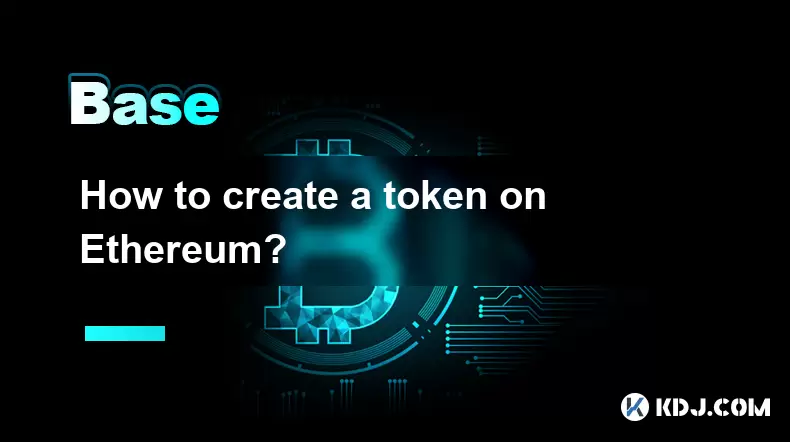-
 Bitcoin
Bitcoin $118400
0.39% -
 Ethereum
Ethereum $3814
2.17% -
 XRP
XRP $3.547
1.34% -
 Tether USDt
Tether USDt $1.000
0.00% -
 BNB
BNB $769.5
2.95% -
 Solana
Solana $191.7
6.36% -
 USDC
USDC $0.9999
0.01% -
 Dogecoin
Dogecoin $0.2722
7.75% -
 Cardano
Cardano $0.8995
5.59% -
 TRON
TRON $0.3158
-0.78% -
 Hyperliquid
Hyperliquid $47.37
4.46% -
 Stellar
Stellar $0.4848
3.54% -
 Sui
Sui $4.031
1.72% -
 Chainlink
Chainlink $20.11
3.94% -
 Hedera
Hedera $0.2832
3.16% -
 Avalanche
Avalanche $26.20
4.27% -
 Bitcoin Cash
Bitcoin Cash $530.5
0.67% -
 Shiba Inu
Shiba Inu $0.00001568
3.59% -
 Litecoin
Litecoin $118.4
1.42% -
 UNUS SED LEO
UNUS SED LEO $8.976
-0.23% -
 Toncoin
Toncoin $3.349
2.54% -
 Polkadot
Polkadot $4.590
2.54% -
 Uniswap
Uniswap $10.56
-0.59% -
 Ethena USDe
Ethena USDe $1.001
0.00% -
 Monero
Monero $327.7
0.39% -
 Pepe
Pepe $0.00001422
2.62% -
 Bitget Token
Bitget Token $4.973
-1.22% -
 Dai
Dai $1.000
0.02% -
 Aave
Aave $331.9
1.59% -
 Bittensor
Bittensor $429.6
-0.56%
What is Monero (XMR)
Monero (XMR) is a privacy-focused cryptocurrency that uses ring signatures, stealth addresses, and RingCT to ensure transactions are untraceable and confidential.
Jul 15, 2025 at 05:00 pm

What is Monero (XMR)?
Monero (XMR) is a decentralized cryptocurrency that prioritizes privacy, anonymity, and untraceability. Unlike Bitcoin or Ethereum, where transaction details are publicly visible on the blockchain, Monero employs advanced cryptographic techniques to ensure that sender, receiver, and transaction amounts remain confidential.
Privacy-focused cryptocurrencies like Monero use ring signatures, stealth addresses, and RingCT to obscure transaction data.
This makes Monero a preferred choice for users who seek financial privacy and do not want their transaction history exposed to the public or third parties.
How Does Monero Work?
Monero operates on a blockchain similar to other cryptocurrencies but with enhanced privacy features:
- Ring Signatures: These mix the sender’s transaction with others, making it difficult to determine which user actually initiated the transaction.
- Stealth Addresses: A unique one-time address is generated for each transaction, ensuring that the recipient's actual wallet address remains hidden.
- Ring Confidential Transactions (RingCT): This feature hides the amount being sent, further enhancing transaction confidentiality.
These mechanisms work together to provide full anonymity without compromising the integrity of the network.
Why Use Monero Instead of Other Cryptocurrencies?
Many cryptocurrencies offer pseudo-anonymity, meaning while wallet addresses are not directly linked to real-world identities, transactions can be traced through analysis. With Monero:
- No transaction tracing: Due to ring signatures and stealth addresses, no one can trace where funds came from or where they went.
- No balance visibility: Wallet balances cannot be viewed by external parties, unlike in Bitcoin where anyone can see how much a particular address holds.
- Decentralized mining: Monero uses the RandomX algorithm, which favors CPU mining, preventing ASIC dominance and promoting decentralization.
This level of privacy makes Monero particularly appealing to individuals concerned about surveillance or financial censorship.
How to Buy and Store Monero (XMR)
Buying and storing XMR involves several steps:
- Choose a privacy-respecting exchange: Platforms like Binance, Kraken, or KuCoin allow you to purchase XMR using fiat or other cryptocurrencies.
- Create a secure wallet: Use official wallets such as the Monero GUI wallet, CLI wallet, or hardware wallets like Ledger Nano S/X for better security.
- Backup your mnemonic phrase: Always store your recovery phrase offline in a secure location.
- Send and receive XMR: When sending, always double-check the recipient’s address. Receiving funds will automatically generate a new stealth address for each transaction.
It’s important to note that while exchanges offer convenience, long-term storage should be done in cold wallets to prevent theft or loss.
Is Monero Legal?
The legality of Monero varies by jurisdiction:
- In most countries, owning and transacting Monero is legal, although some governments have placed restrictions due to its privacy features.
- Some exchanges delist XMR: In response to regulatory pressure, certain platforms have removed Monero trading pairs.
- Compliance depends on local laws: Users must understand their country’s stance on private cryptocurrencies before engaging in transactions.
Always consult local regulations before using Monero to avoid potential legal issues.
Common Misconceptions About Monero
Despite its benefits, there are several misconceptions surrounding Monero:
- “Monero is used only for illegal activities”: While it has been associated with dark web markets, many legitimate users value privacy for reasons like financial freedom or protection against targeted attacks.
- “Monero is completely anonymous”: Although highly private, no system is 100% anonymous. Poor operational security (OpSec) can compromise anonymity.
- “Monero is hard to use”: The official wallet interfaces have improved significantly, making them accessible even to non-technical users.
Understanding these nuances helps users make informed decisions when considering Monero as part of their crypto portfolio.
Frequently Asked Questions (FAQs)
Q: Can I mine Monero on my personal computer?
Yes, Monero uses the RandomX proof-of-work algorithm, which is optimized for general-purpose CPUs. You can mine XMR using consumer-grade hardware without needing specialized ASIC miners.
Q: Are Monero transactions reversible?
No, like all blockchain transactions, Monero transfers are irreversible once confirmed. Always verify recipient addresses and amounts before sending.
Q: How does Monero compare to Zcash in terms of privacy?
Both offer privacy features, but Zcash provides optional shielding via zk-SNARKs, whereas Monero defaults to full privacy for every transaction.
Q: Can I use Monero on mobile devices?
Yes, mobile wallets like Monerujo (Android) and Cake Wallet (iOS) allow you to manage XMR securely on smartphones.
Disclaimer:info@kdj.com
The information provided is not trading advice. kdj.com does not assume any responsibility for any investments made based on the information provided in this article. Cryptocurrencies are highly volatile and it is highly recommended that you invest with caution after thorough research!
If you believe that the content used on this website infringes your copyright, please contact us immediately (info@kdj.com) and we will delete it promptly.
- Binance, PEPE, and BONK: Meme Coins Mature, Shed 'Seed Tag' Amid Market Shifts
- 2025-07-21 22:30:13
- Toshi.bet: Leading the Crypto Casino Revolution in Poland 2025
- 2025-07-21 20:30:12
- Tether Gold (XAU₮) Expands: Mobee Indonesia & Tokenized Gold's Rising Tide
- 2025-07-21 20:50:12
- BlockDAG's Launch Access: No Vesting, Maximum Opportunity!
- 2025-07-21 21:30:12
- Altcoin Season Heats Up: Cardano Outperforms After Bitcoin Stabilizes
- 2025-07-21 20:50:12
- BlockchainFX: The 1000X Potential Crypto SHIB and DOGE Holders Are Eyeing
- 2025-07-21 21:30:12
Related knowledge

What is the difference between a sidechain and a Layer 2?
Jul 20,2025 at 11:35pm
Understanding the Concept of SidechainsA sidechain is a separate blockchain that runs parallel to the main blockchain, typically the mainnet of a cryp...

What is the Inter-Blockchain Communication Protocol (IBC)?
Jul 19,2025 at 10:43am
Understanding the Inter-Blockchain Communication Protocol (IBC)The Inter-Blockchain Communication Protocol (IBC) is a cross-chain communication protoc...

How does sharding improve scalability?
Jul 20,2025 at 01:21am
Understanding Sharding in BlockchainSharding is a database partitioning technique that is increasingly being adopted in blockchain technology to enhan...

What is the "crypto trilemma" of scalability, security, and decentralization?
Jul 19,2025 at 06:28pm
Understanding the Concept of the Crypto TrilemmaThe crypto trilemma refers to the challenge of simultaneously achieving scalability, security, and dec...

What is a cliff and vesting schedule in tokenomics?
Jul 20,2025 at 10:28am
What Does a Cliff Mean in Tokenomics?In tokenomics, a cliff refers to a specific period during which token holders are not allowed to access or transf...

How to create a token on Ethereum?
Jul 21,2025 at 02:07pm
Understanding the Basics of Ethereum TokensBefore diving into the process of creating a token on Ethereum, it's crucial to understand what Ethereum to...

What is the difference between a sidechain and a Layer 2?
Jul 20,2025 at 11:35pm
Understanding the Concept of SidechainsA sidechain is a separate blockchain that runs parallel to the main blockchain, typically the mainnet of a cryp...

What is the Inter-Blockchain Communication Protocol (IBC)?
Jul 19,2025 at 10:43am
Understanding the Inter-Blockchain Communication Protocol (IBC)The Inter-Blockchain Communication Protocol (IBC) is a cross-chain communication protoc...

How does sharding improve scalability?
Jul 20,2025 at 01:21am
Understanding Sharding in BlockchainSharding is a database partitioning technique that is increasingly being adopted in blockchain technology to enhan...

What is the "crypto trilemma" of scalability, security, and decentralization?
Jul 19,2025 at 06:28pm
Understanding the Concept of the Crypto TrilemmaThe crypto trilemma refers to the challenge of simultaneously achieving scalability, security, and dec...

What is a cliff and vesting schedule in tokenomics?
Jul 20,2025 at 10:28am
What Does a Cliff Mean in Tokenomics?In tokenomics, a cliff refers to a specific period during which token holders are not allowed to access or transf...

How to create a token on Ethereum?
Jul 21,2025 at 02:07pm
Understanding the Basics of Ethereum TokensBefore diving into the process of creating a token on Ethereum, it's crucial to understand what Ethereum to...
See all articles

























































































